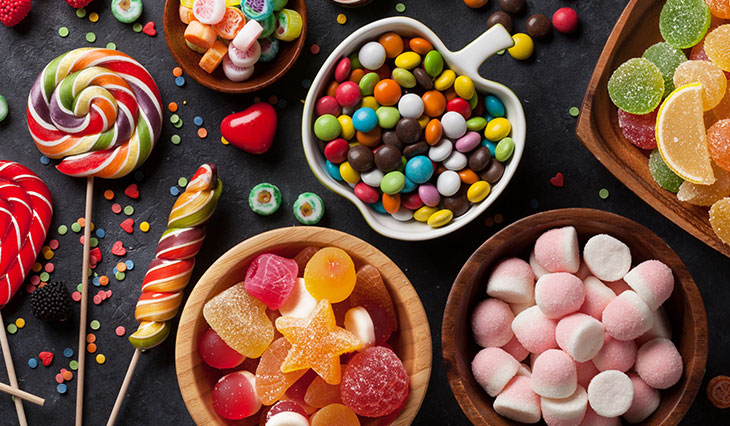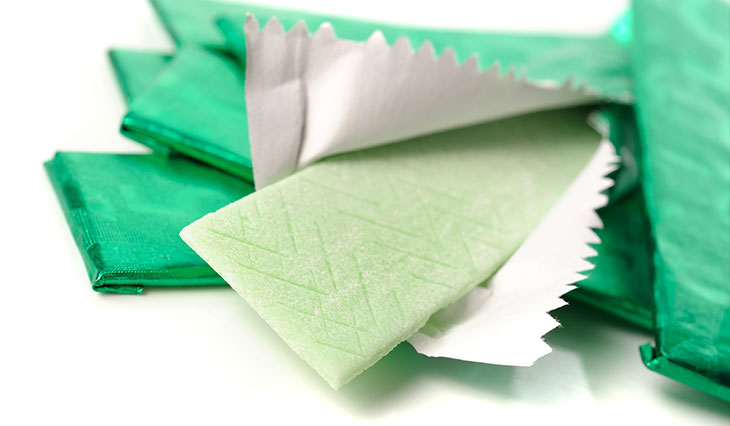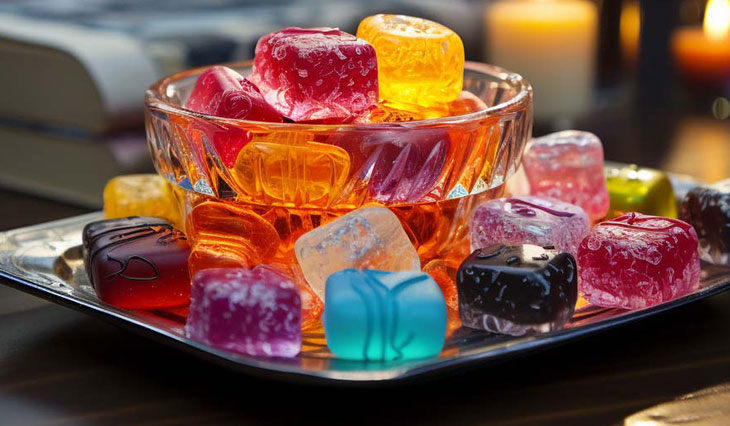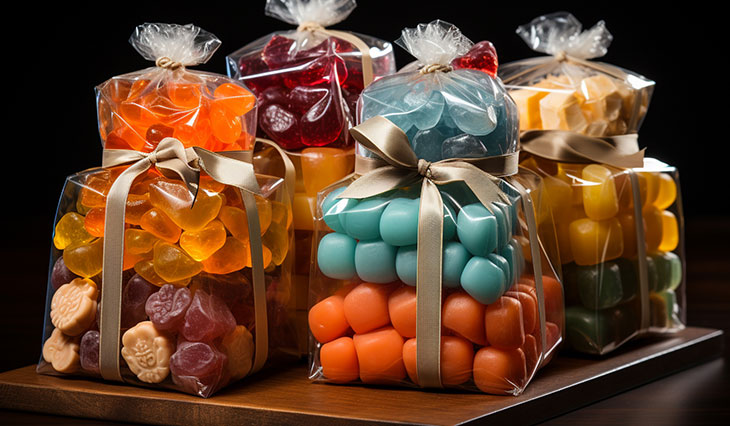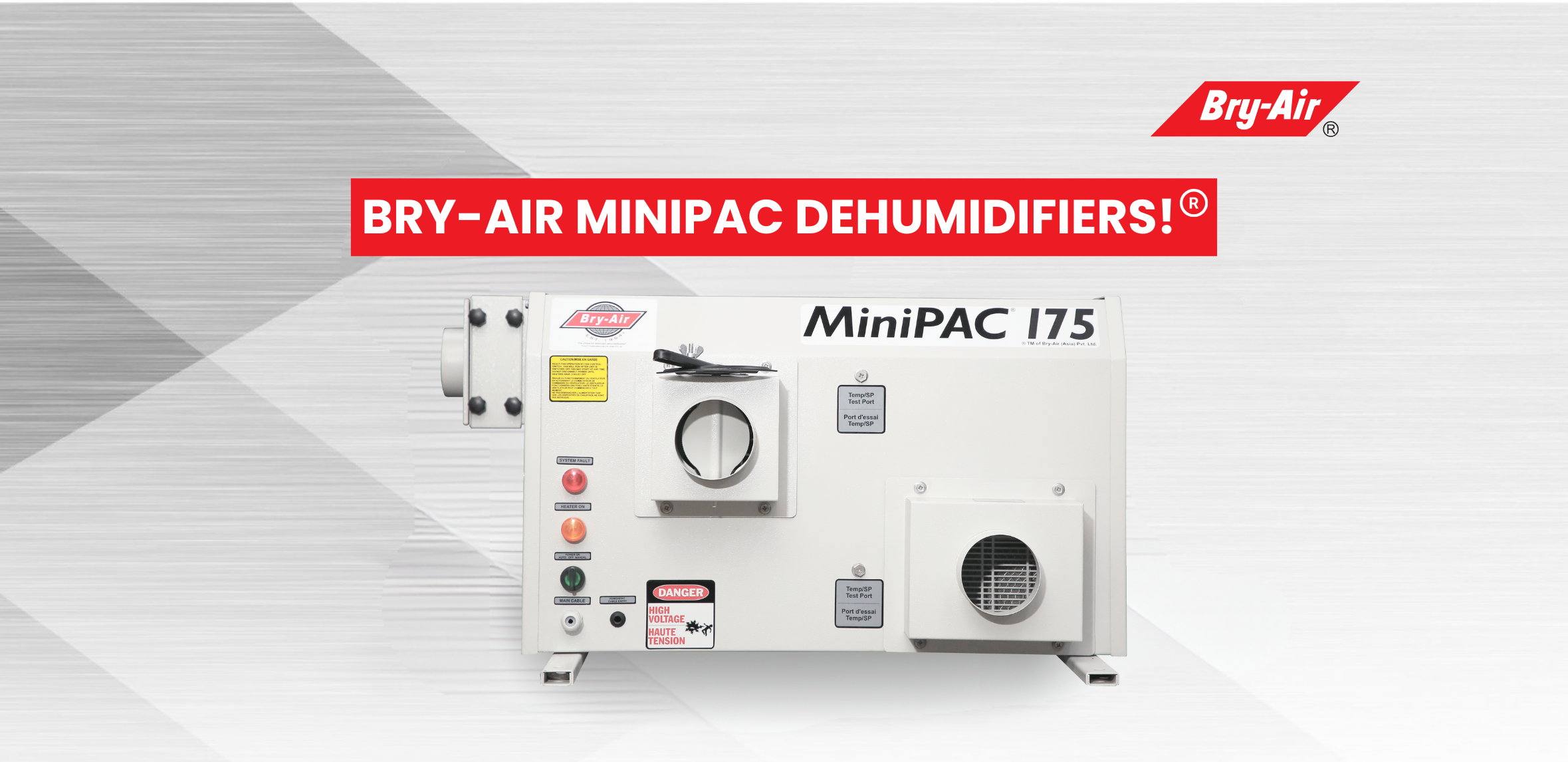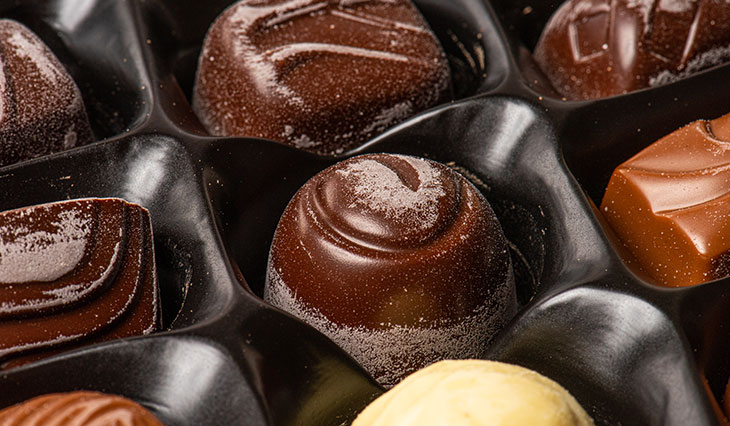
Bloom Issues (Sugar and Fat Bloom)
Both bloom types—sugar and fat—affect the aesthetic quality of chocolates. Sugar bloom occurs when moisture causes sugar particles to crystallize on the surface, while fat bloom results from temperature changes that cause fats to re-solidify in streaks or blotches.
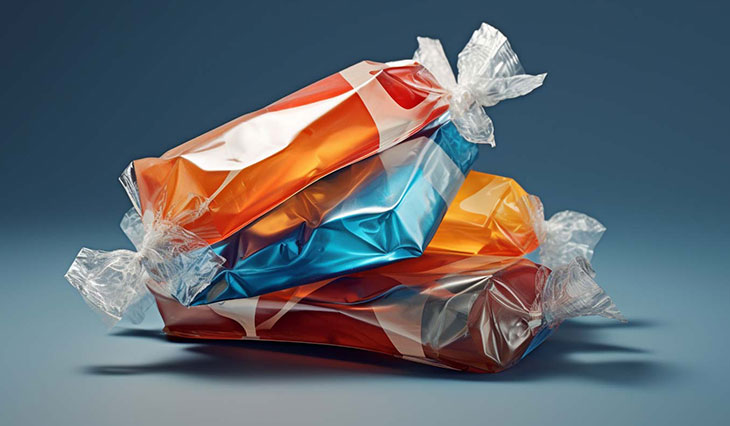
Texture Alterations (Stickiness, Sogginess, and Loss of Crispness)
High humidity can lead to various texture issues, including stickiness in chocolates and candies, sogginess in biscuits, and the loss of a product's original crispness. These issues can slow down machinery and affect consumer appeal.
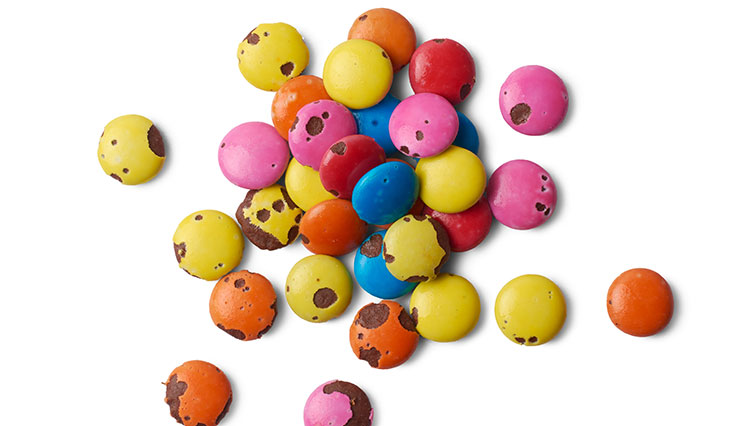
Coating and Glaze Degradation
Uneven or compromised coatings on candies and chocolates can occur in high humidity, leading to a less appealing final product. Glazed products also lose their shiny finish, affecting their marketability.
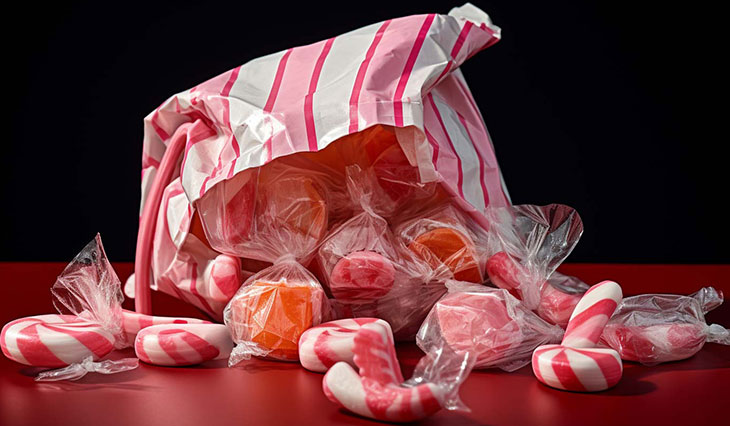
Packaging Challenges (Wrapper Adhesion and Condensation)
Excessive moisture can cause the wrappers of candies and chocolates to stick, making them hard to open. It can also lead to condensation in storage areas, affecting the quality of stored products.
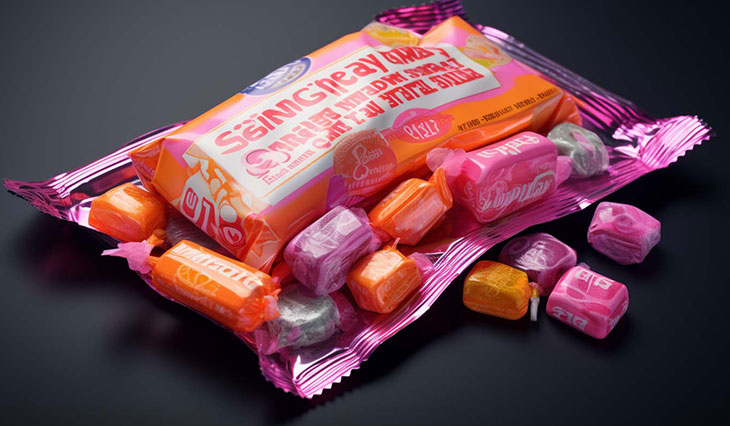
Flavor and Odor Changes
High humidity levels can alter the flavor profiles of chocolates, candies, and biscuits and may also promote the growth of mold and bacteria, leading to off-putting odors.
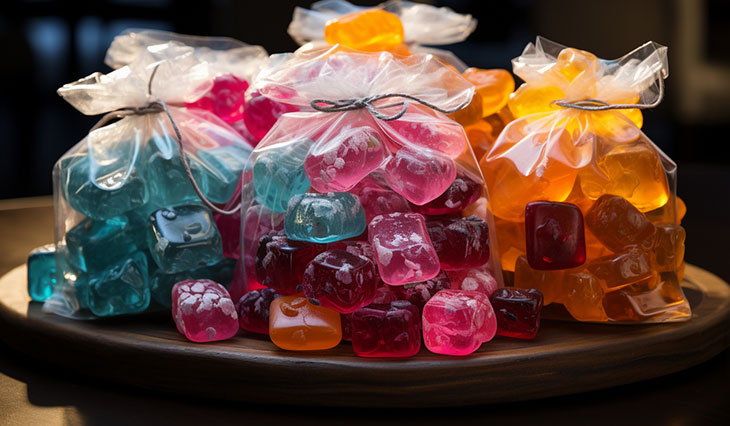
Reduced Shelf Life and Spoilage
Poor humidity control speeds up spoilage and reduces the shelf life of products. This is especially critical for candies, which may be stored for periods ranging from a week to a year.








